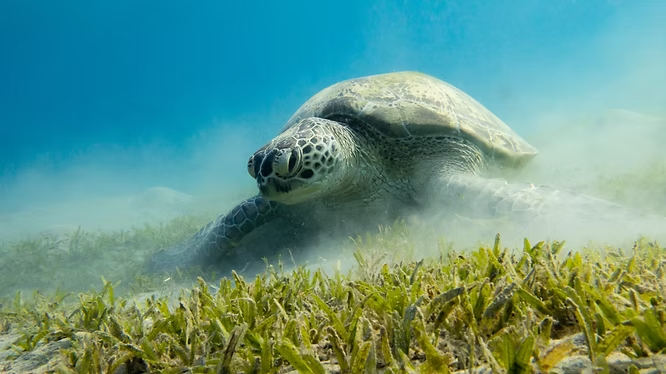Seagrass Meadows as Crucial Fishing Grounds
Seagrass meadows are often overlooked compared to coral reefs, yet they serve as the primary fishing grounds for many small-scale fishers across the Indo-Pacific. A recent study conducted in Cambodia, Tanzania, Sri Lanka, and Indonesia revealed that nearly half of surveyed households preferred seagrass over coral reefs, mangroves, or open ocean. Fishers described these habitats as reliable, accessible, and less damaging to equipment, highlighting their importance for daily livelihoods.
Study Findings on Fishing Preferences
Between 2012 and 2017, researchers interviewed 1,105 households, with 869 identifying as fishers. Nearly two-thirds reported that they relied most heavily on seagrass meadows, either exclusively or alongside other habitats. Coral reefs came second, followed by mud and sand flats and deep-water areas. The preference for seagrass was tied to expectations of larger catches, better fish availability, and accessibility without the need for boats. For many households, seagrass fisheries are more practical than reef fishing.
Socioeconomic Factors and Accessibility
Household income strongly influenced fishing practices. Seagrass meadows are particularly important for families without motorboats or those using static fishing fences. These habitats provide a vital source of food and income security for coastal communities that might otherwise lack affordable access to alternative fishing grounds.
Ecological Importance of Seagrass Meadows
Seagrasses are flowering plants that grow in shallow coastal waters. Unlike seaweed, they provide nursery habitats for juvenile fish and shelter for marine invertebrates such as prawns, crabs, and sea cucumbers. In addition to supporting fisheries, seagrass ecosystems contribute to coastal health by:
- Storing significant amounts of carbon dioxide
- Filtering sediments and debris from land runoff
- Protecting shorelines against erosion and coastal abrasion
- Supporting biodiversity alongside mangroves and coral reefs
Threats to Seagrass Habitats
Despite their value, seagrass meadows are disappearing at alarming rates, comparable to coral reefs and tropical rainforests. The IUCN estimates global losses of up to 7% per year, driven by climate change, coastal development, pollution, and invasive species. These declines threaten both marine ecosystems and the communities that depend on them.
Safeguarding Seagrass for the Future
The study emphasizes the urgent need for better household-scale data to inform seagrass management. Protecting these habitats ensures continued access to food, livelihoods, and ecological benefits. As study co-author Leanne Cullen-Unsworth notes, safeguarding seagrass is essential for equitable access to resources and the long-term sustainability of coastal communities.

